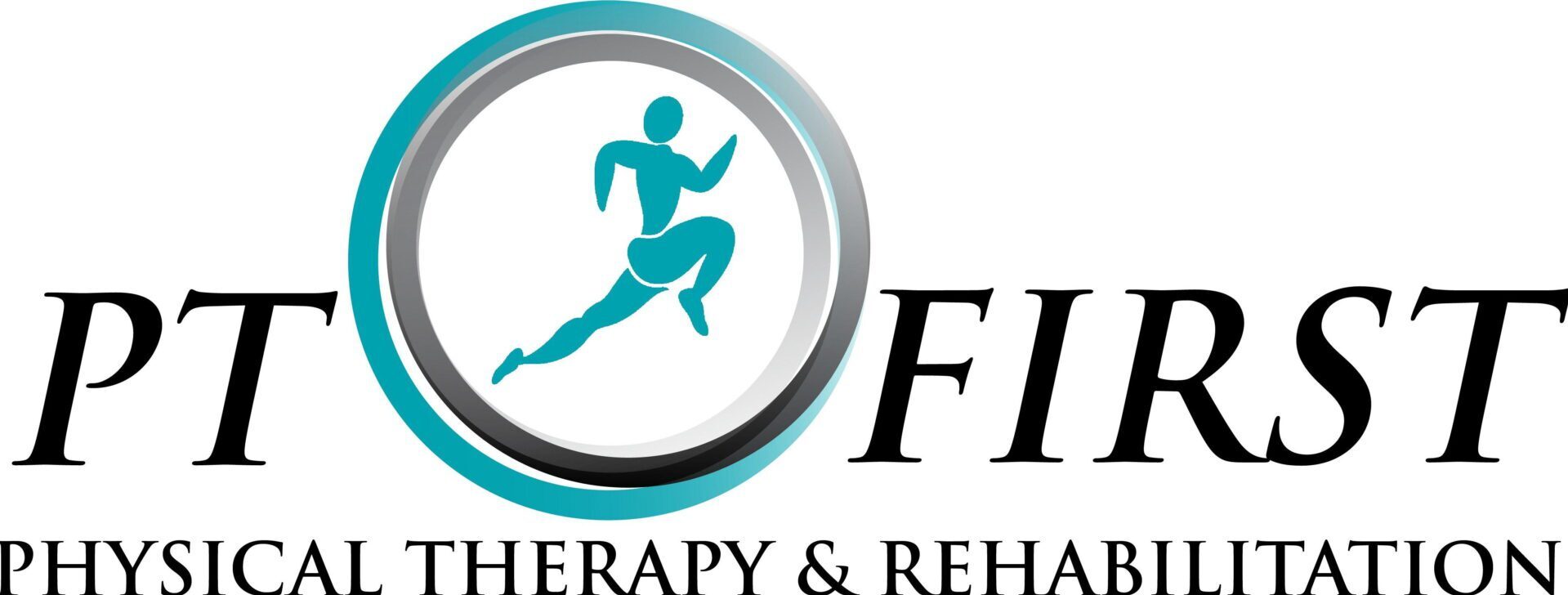THE MYTHS OF “RUNNERS KNEE” AND HOW TO TREAT IT.
Dear runners,
As I look at the calendar and look outside I can see the weather is ready and primed for running. I know you have circled a number of events on your calendar and I wish you the best. At some point you may have some aches and pains that may arise with your running program. Many of you will face the dreaded “runners knee.†This article has some great evidence based suggestions to get you back to your training program and on your way to your running goals. Best of luck with you future events.
What is runners knee?
Runners knee is a painful condition that most athletes experience in their careers; especially avid runners. Athletes with runners knee have pain in the anterior knee that is exacerbated with running and stairs (especially going down stairs). Additional symptoms maybe be pain in the knee after sitting for a prolonged period of time (also called theatre sign).
Myth #1
Runners knee is often thought to be irritation to the cartilage on the undersurface of the knee cap. Recent evidence has shown that the cartilage behind the knee cap, while noisy is not the MAIN pain generator. The fat pad above the knee and the remaining collateral support (joint capsule) have more pain producing capability than the cartilage.
Myth #2
In the past taping and bracing was the primary means of treating this painful condition. The assumption was the knee cap was tracking poorly on the femur(thigh bone). While there is some truth to this, taping has not been an evidence supported intervention. This theory assumes the train (the patella) is the problem and not the track (the femur or thigh bone). Recent evidence suggest a focus on your thigh is of greater benefit than passive taping. See the suggestions below.
Myth #3
Other interventions have supported a rest period then a return to activity at graded intervals, i.e. Stop running for 2 weeks then gradually add your mileage back. While this seems correct in theory, the runners knee often returns after a few training sessions. The answer to this myth may surprise you. Continuing to run with a decrease in intensity may actually be of more benefit than rest alone. However, this is a good time to get a mechanical analysis of your movement to correct the train or track theory.
Evidence Based Treatment Strategies:
Work the lateral hip. Exercises that strengthen the lateral hip are critical to keeping a level pelvis and thus maintaining a level train track for the patella to move. See the picture below as a simple suggestion
Make sure to run on soft ground when possible. While your event may be on a firm surface, a softer surface reduces wear and tear on the knee.
Graduate your running distance. Jumping ahead is critical training error for both experienced and inexperienced runners. Allow ample time to train for the distance you desire to run.
Follow the ABC’s: Agility, balance and coordination. While our bodies were perfectly designed to run, we should do activities that support the basic tenants of proper running. Agility, balance and coordination are all elements of good running form. Below are a few suggestions of activities that can be added to your non-running day program.
Body inventory: This was a critical mistake I made training last year. Take some time after each run to see how you feel. I have found the best way to do this is to do a general leg stretch, hips to calves and see how I feel. Stretching is controversial but SAFE to do. clam
